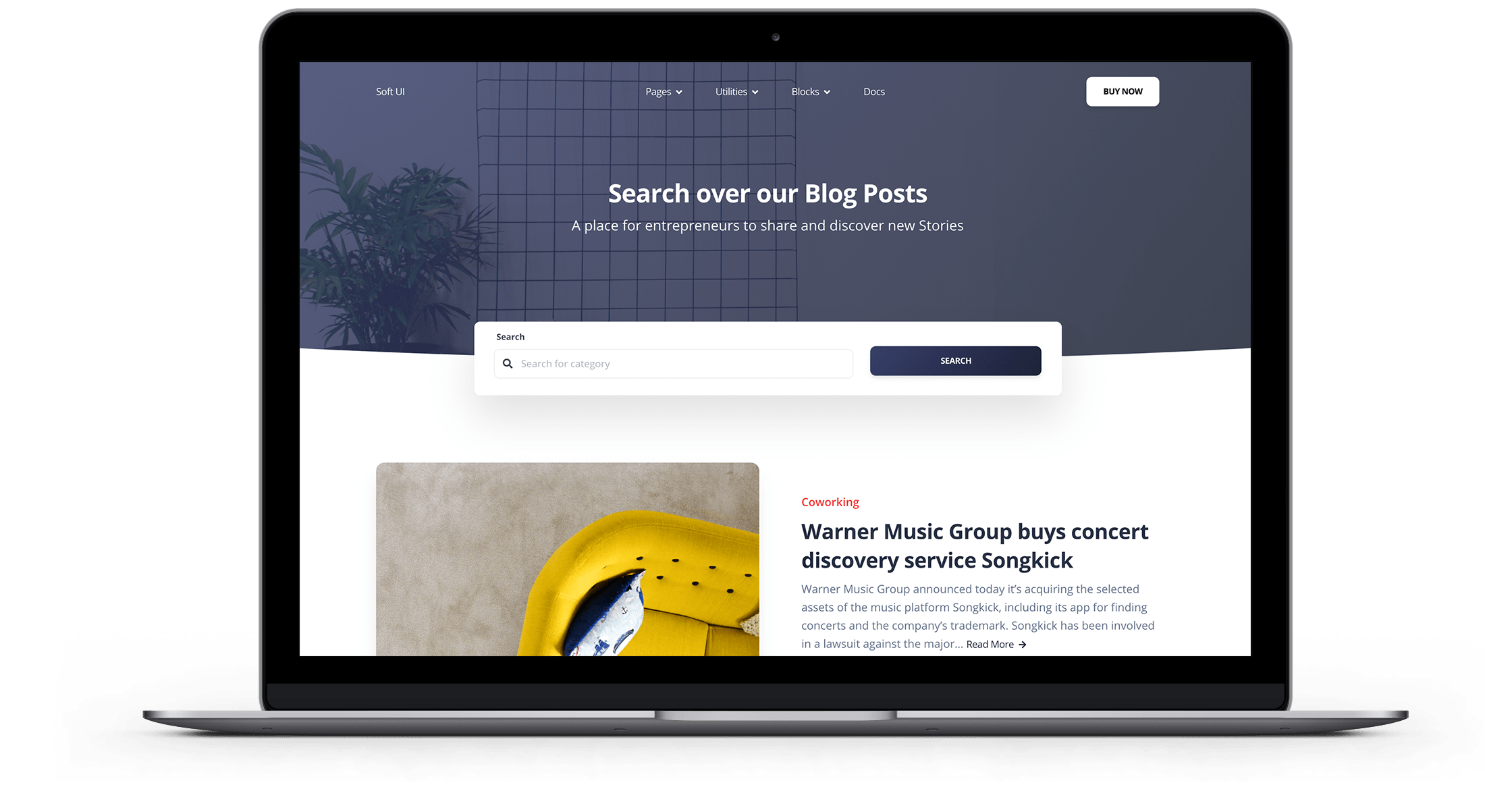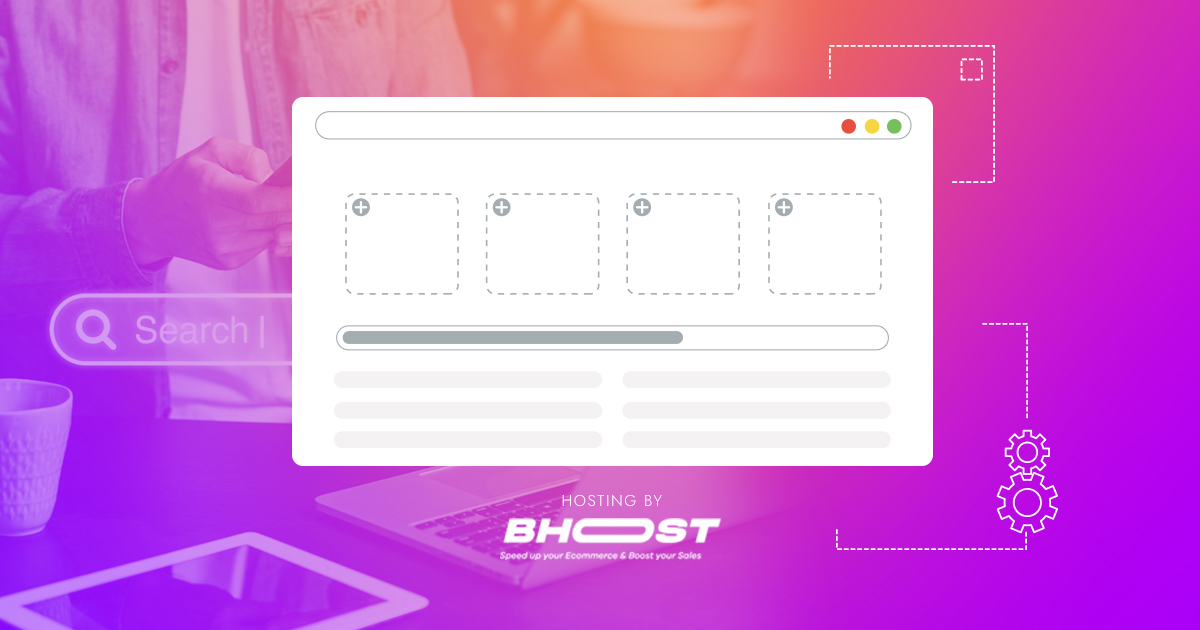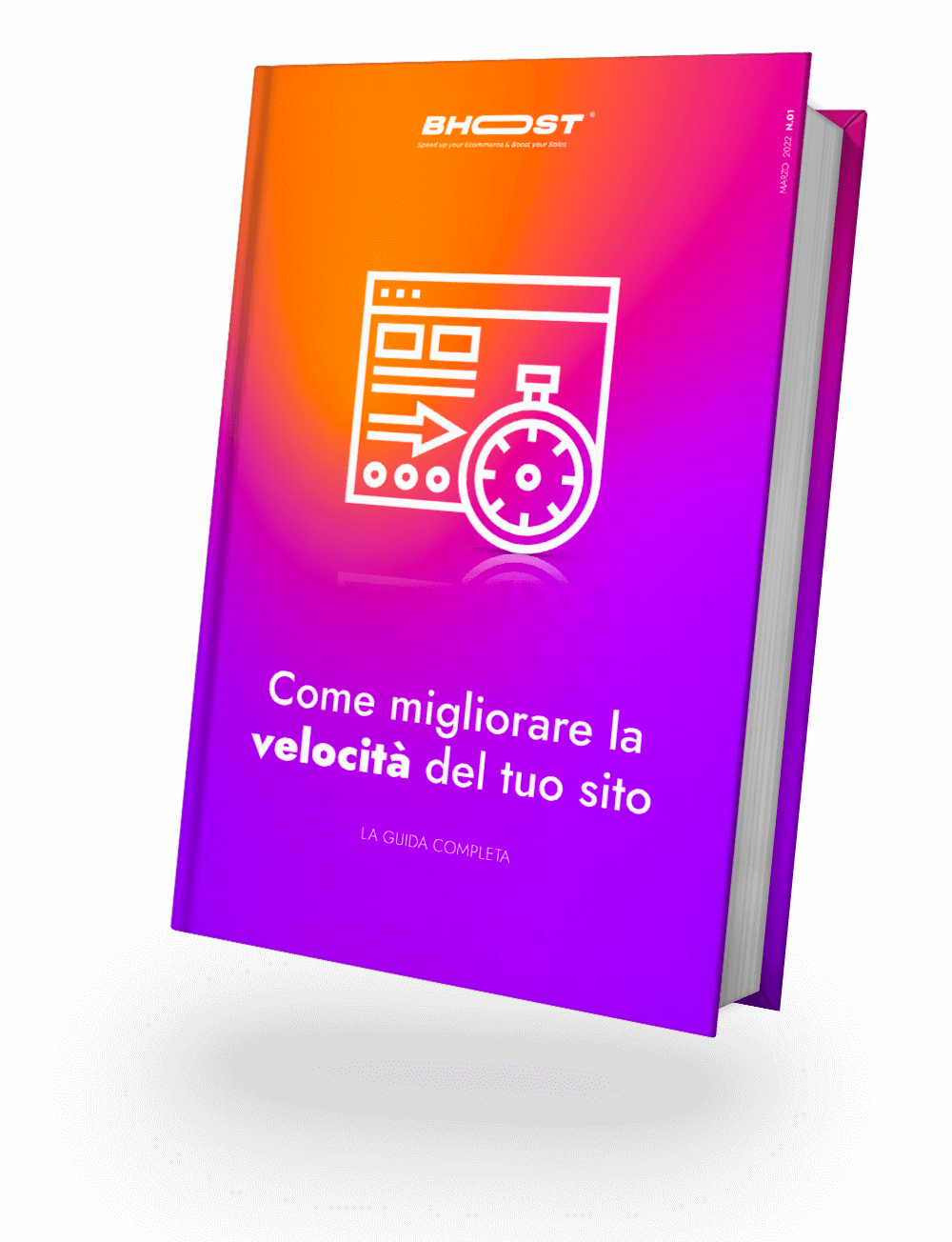Images are one of the most important elements of a website or ecommerce. However, they can often create some loading and speed issues.
The size of the images can have a significant impact on website performance, both in terms of SEO and user experience. In this article, we will talk about the importance of image size for SEO and for the performance of a website or ecommerce.
SEO
The size of the images has a direct impact on the SEO of a website, we have just said this. When the search engine analyzes the image file, it tries to figure out what it is and what the content is. The images with a small size can be analyzed faster, which means that the search engine can understand the image content more accurately. Furthermore, images with reduced dimensions may load faster, which can improve the website speed and then improve SEO.
Images with small dimensions not only affect SEO, but also image search. When people search for images on Google or other search engines, the results appear as thumbnails. If the images are small in size, they can be viewed faster, which canimprove the user experience and the likelihood that the user will click on the image thumbnail.
Performance
Theimage size has a direct impact onwebsite performance. Images often represent the bulk of a website’s data, which means that their load can significantly slow down the website. Larger images take longer to load, which can result in a higher website latency.
Also, large images can slow down page loading speed. If images are not optimized for performance, they can take a long time to load, which can lead to a diminished user experience and an increased likelihood of the user leaving the website.
How to optimize images for SEO and performance
To optimize images for SEO and performance, there are a fewbest practice that can be followed. Here are some tips on how to optimize images:
Compress images
Use a toolimage compression to reduce the size of images without losing image quality. There are many online and offline tools available that can help compress images.
Use the right format
Use theright format for pictures. For example, JPEG for photographic images and PNG for images with transparency. Choosing the right format can help reduce the size of your image without compromising its quality.
Reduce the size of the images
Reduce the size of the images to a minimum necessary for display on the website. Images should not be enlarged unless necessary. Also, it’s important to remember that the smaller the image size, the faster it can load.
Use alt text
Use thealt text for images in order to accurately describe the content of the image. Alt text can also helpimprove SEO image and website.
Conclusion
The size of the images is a critical factor for the SEO and performance of a website or ecommerce. Large images can have a negative impact on SEO and website performance. Following best practices for optimizing images for performance and SEO is essential to ensure a positive user experience and to improve your website’s visibility on search engines.
Also, keep in mind that reducing the size of your images can only be part of the solution to improving website performance. Other factors such as code quality, server speed, and use of a content delivery network can also affect overall website performance.
To learn more about the speed and performance improvement of your site, read our articles on speed and Core Web Vitals.

Free 30-days trial Hosting Fast, Secure and Optimized
Switch to Bhoost with 30 days free and migration included
Free 30-days trial


